NEWS
19 Often Overlooked Things That Invite Bugs Inside
Published
3 months agoon

Shutterstock
Most of us see our home as a fortress against pests, but everyday habits and overlooked details could be rolling out the welcome mat for unwelcome guests. From seemingly harmless houseplants to the cozy warmth of your electronics, pests can be drawn to the most unexpected spots. Even your favorite snacks stored in airtight containers might not be as pest-proof as you think!
The key to keeping critters out is understanding what lures them in, and some of these factors may surprise you. Here’s a closer look at the surprising culprits that could be turning your home into a haven for pests, and how to stop them.
Houseplants
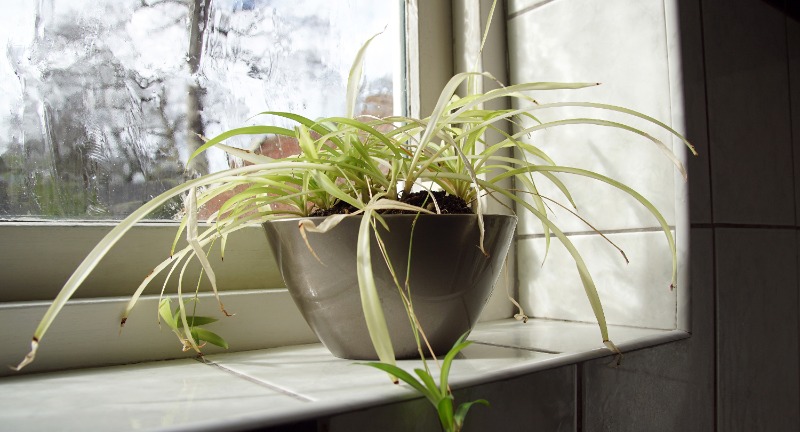
Shutterstock
While houseplants bring life and greenery to your home, they can also become a haven for pests like fungus gnats, aphids, and mites. Overwatering your plants creates a damp environment perfect for breeding insects. Additionally, the soil itself can harbor eggs or larvae that may develop into infestations. To keep pests away, ensure proper plant care, including draining excess water and inspecting leaves regularly.
Cluttered Storage Areas
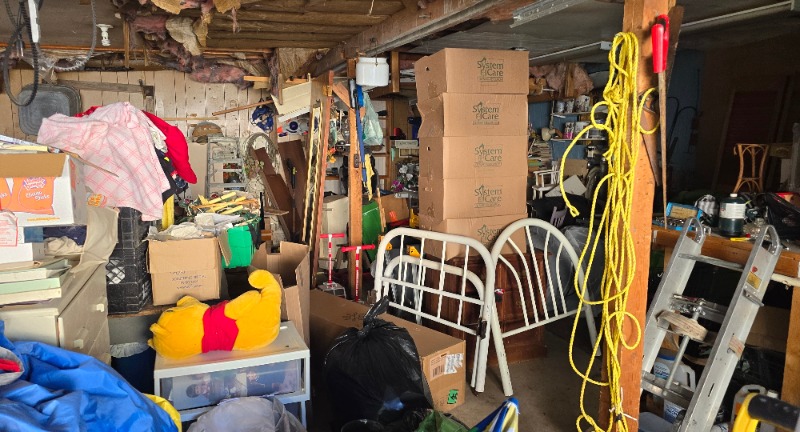
Shutterstock
Basements, attics, and garages filled with clutter provide dark, secluded spots for pests like spiders, rodents, and silverfish. Cardboard boxes, in particular, attract insects as they offer nesting material and retain moisture. Pests thrive in these undisturbed spaces where they can hide and reproduce. Regularly decluttering and switching to plastic storage bins can help keep these critters at bay.
Unsealed Pet Food
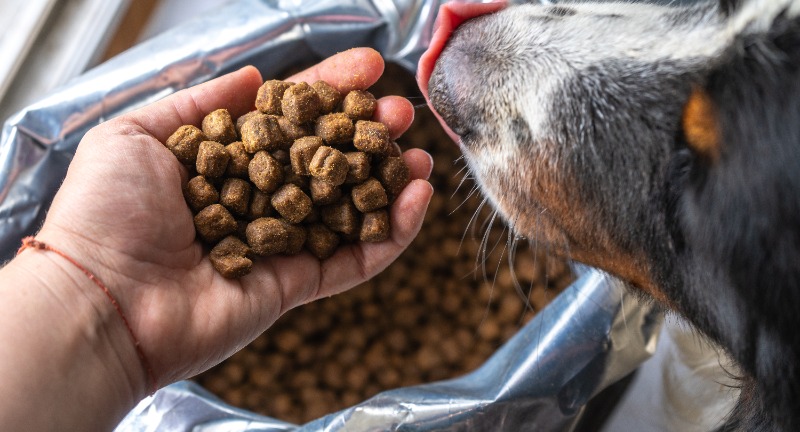
Shutterstock
Leaving pet food in open bowls or bags can be an open invitation for ants, cockroaches, and even rodents. These pests are drawn to the high nutritional content and smell of pet food. Even the smallest crumbs can signal a feast. Store pet food in airtight containers and clean up any spills immediately to deter hungry invaders.
Leaky Pipes
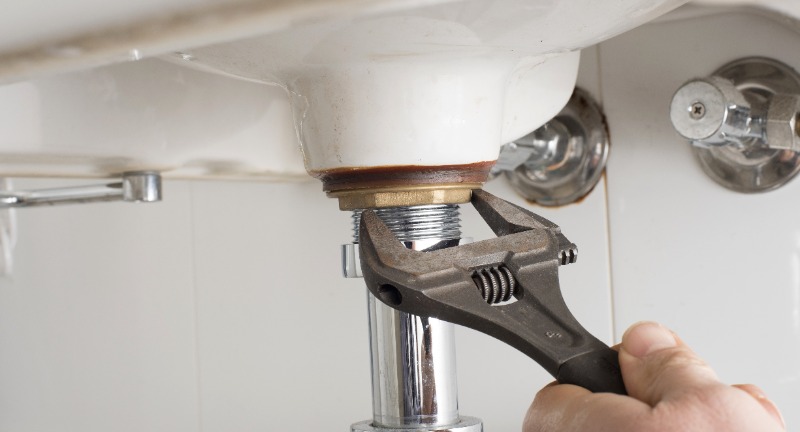
Shutterstock
Leaking faucets or pipes can create a moist environment that attracts pests like cockroaches, termites, and silverfish. Dampness provides these creatures with both hydration and breeding grounds. The longer the leak goes unrepaired, the more likely it is to invite an infestation. Regularly inspect your plumbing to catch and fix leaks before they become a magnet for pests.
Decorative Water Features
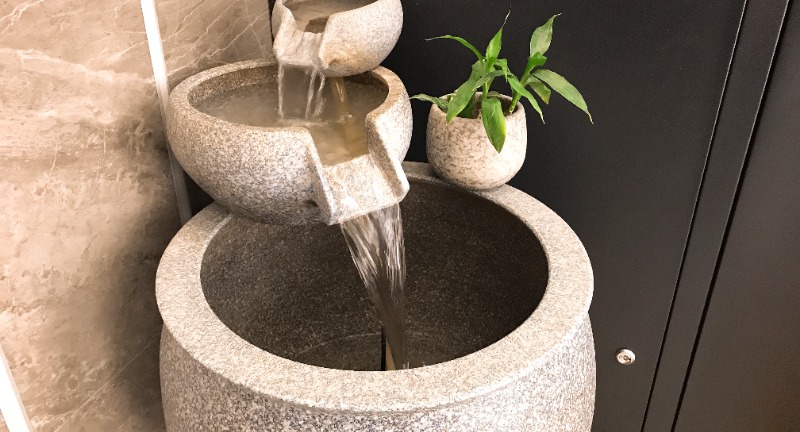
Shutterstock
Indoor fountains or decorative bowls filled with water can quickly become breeding grounds for mosquitoes and other water-loving pests. Stagnant water is especially appealing to insects looking to lay their eggs. While these features may add ambiance to your home, neglecting their upkeep can backfire. Be sure to clean and refresh the water regularly to prevent pest infestations.
Forgotten Food in Bags or Drawers
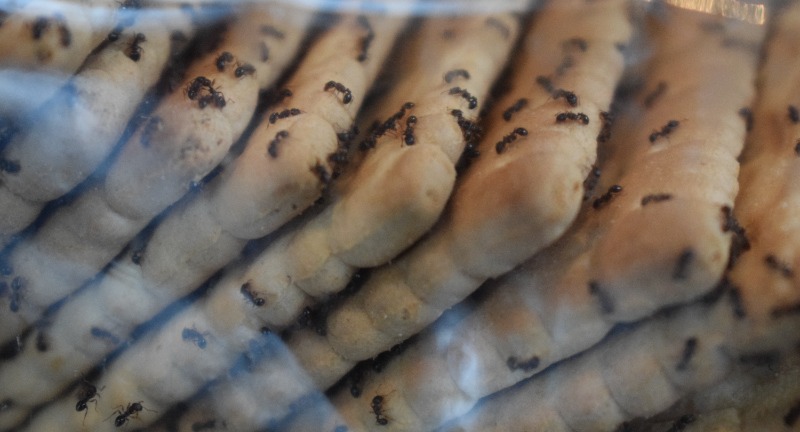
Shutterstock
Forgotten snacks or crumbs left in bags, drawers, or corners are prime targets for pests like ants and mice. Even a small piece of candy can attract an army of unwanted visitors. These food remnants are often overlooked during regular cleaning routines. Routinely check forgotten corners for overlooked food to avoid surprise infestations.
Open Trash Bins
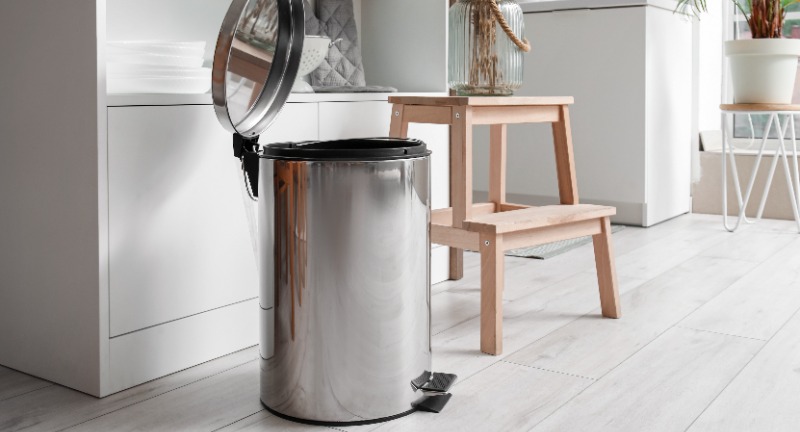
Shutterstock
Trash bins without lids or overflowing garbage are a magnet for flies, rodents, and cockroaches. The odors from decaying food and waste act as a beacon for these scavengers. Once pests discover your trash, they may explore further into your home for more sustenance. Use covered bins and take out your garbage regularly to eliminate this risk.
Paper Piles and Magazines

Shutterstock
Stacks of newspapers, magazines, and loose papers create hiding spots and nesting material for pests like cockroaches and silverfish. These insects are drawn to the cellulose in paper, which they can digest. Piles left untouched for long periods are especially attractive. Keep paper clutter under control and recycle unwanted documents promptly to avoid infestations.
Cracks in Walls or Foundations
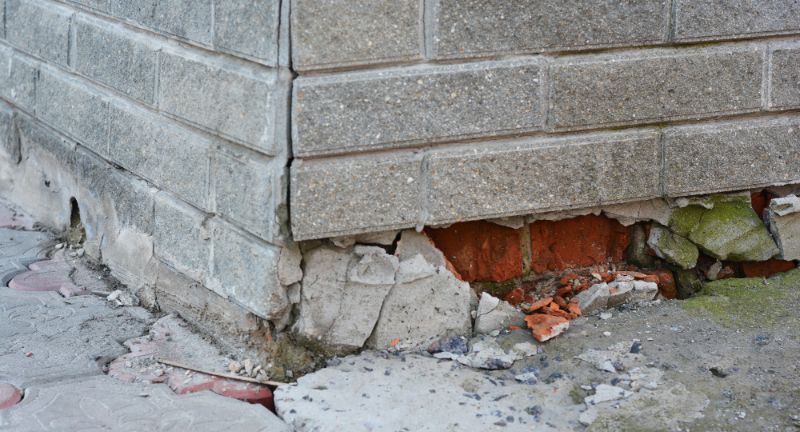
Shutterstock
Small cracks or gaps in your walls and foundation might seem insignificant, but they act as entryways for pests. Insects like ants and termites can squeeze through even the tiniest crevices. Rodents can also exploit larger gaps to find shelter inside. Sealing these entry points is an effective way to block pests from gaining access to your home.
Warm Electronics
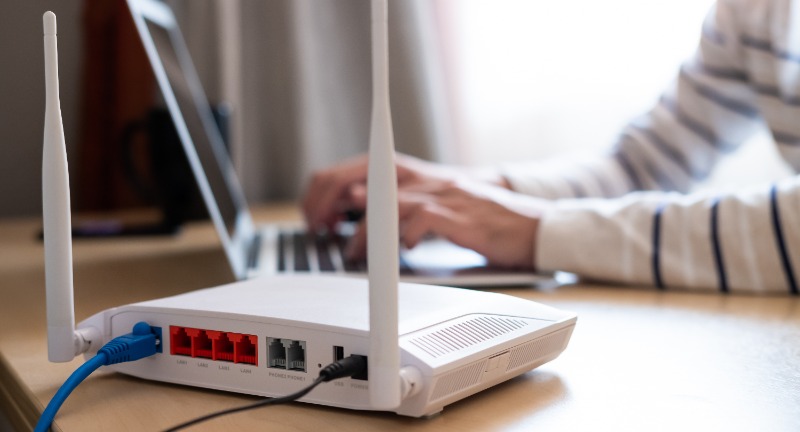
Shutterstock
Electronics like routers, game consoles, or kitchen appliances generate heat, which can attract pests such as cockroaches. The warmth and darkness of these devices provide an ideal environment for hiding and nesting. Pests can even damage electronics by chewing on wires or components. Keep electronics clean and ensure proper ventilation to discourage infestations.
Bird Feeders
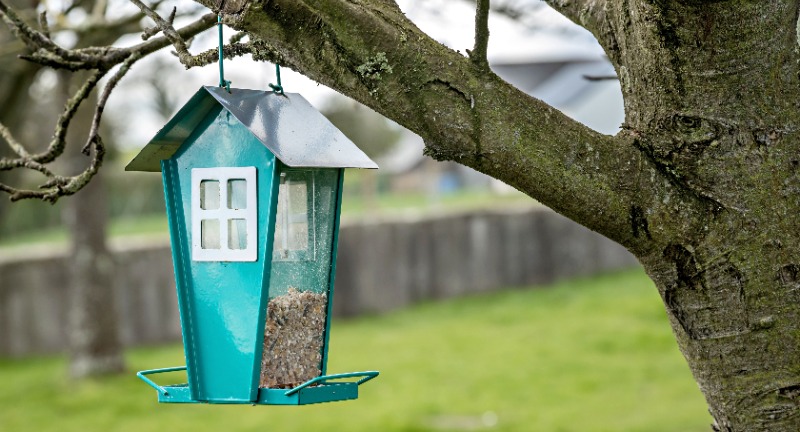
Shutterstock
While bird feeders bring delightful wildlife to your yard, spilled seeds can attract rodents and insects. These pests often venture closer to your home after discovering an easy food source. Over time, this can lead to them entering your living space. Regularly clean up fallen seeds and position feeders away from your home to minimize risks.
Unclean Drains
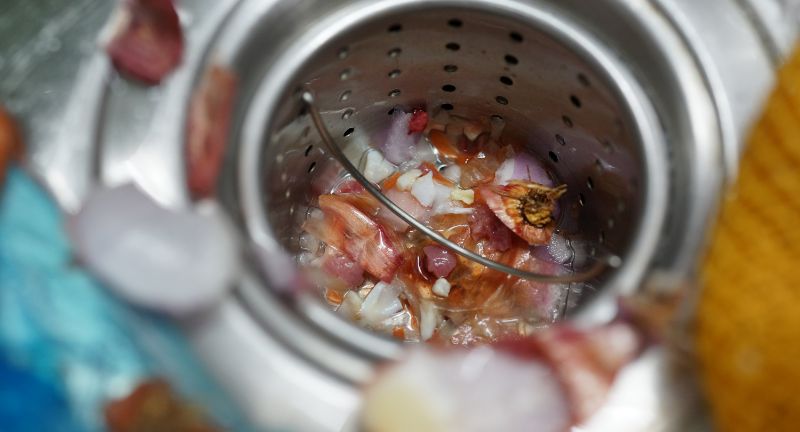
Shutterstock
Kitchen and bathroom drains can accumulate food particles, grease, and organic matter that attract drain flies and cockroaches. The dark, moist conditions of a clogged drain are ideal for breeding. Ignoring this area can lead to a full-blown infestation. Clean your drains regularly with a mix of vinegar and baking soda to keep them pest-free.
Damp Towels or Laundry
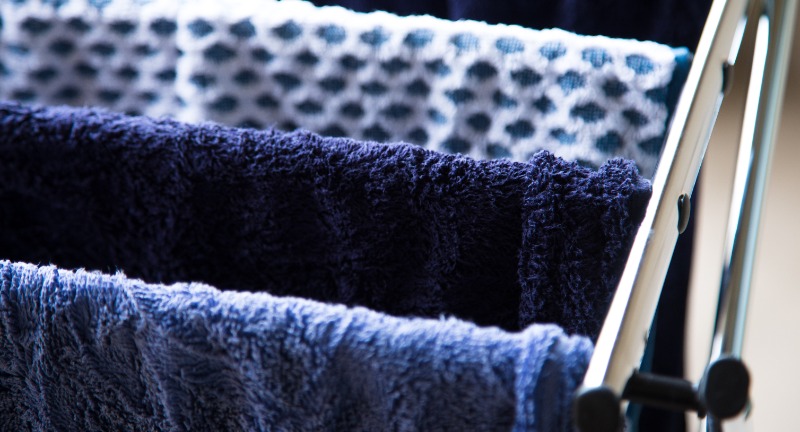
Shutterstock
Piles of damp towels or unwashed laundry left sitting too long can become a draw for pests like silverfish and mildew flies. Moist fabrics provide a perfect environment for these pests to thrive. The longer these items remain wet, the higher the risk. Always dry towels and launder clothing promptly to avoid inviting these nuisances.
Overripe Fruit
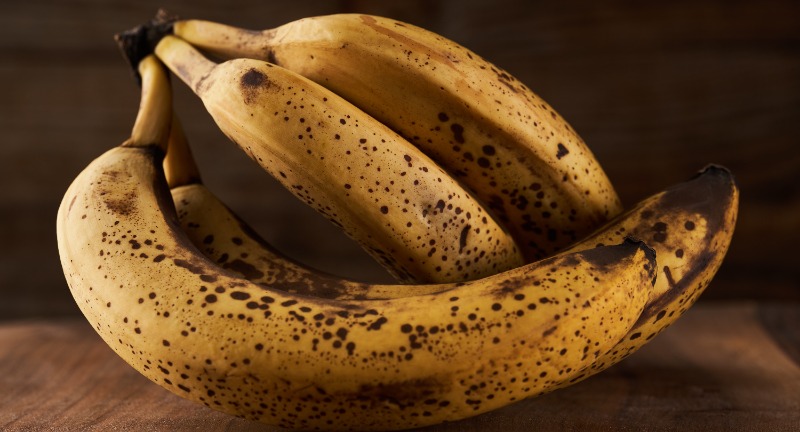
Shutterstock
Fruits left out on counters for too long can attract fruit flies and gnats. These pests are drawn to the sugars released as the fruit ripens and decomposes. Once they appear, they can multiply rapidly and become difficult to eliminate. Store ripe fruit in the refrigerator or cover it to prevent an invasion.
Outdoor Lighting

Shutterstock
Bright outdoor lights can attract flying insects like moths, which might then find their way indoors. The glow of lights acts as a beacon, especially at night. Once near your home, these insects can enter through cracks, open windows, or doors. Use yellow “bug lights” or reduce nighttime lighting to minimize this problem.
Unused Firewood
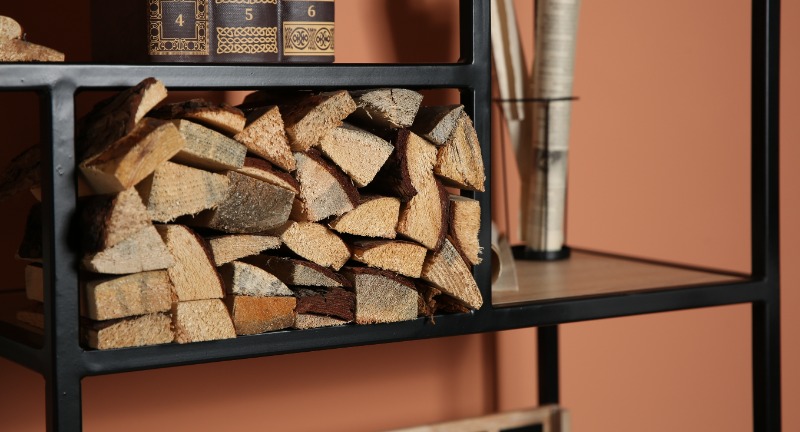
Shutterstock
Storing firewood indoors or close to your home can bring in termites, ants, and spiders. These pests often hitch a ride on the wood and then make themselves comfortable inside your living space. Storing wood in a dry, elevated area away from the house can help reduce this risk. Only bring in the amount of firewood you intend to use immediately.
Pet Water Bowls
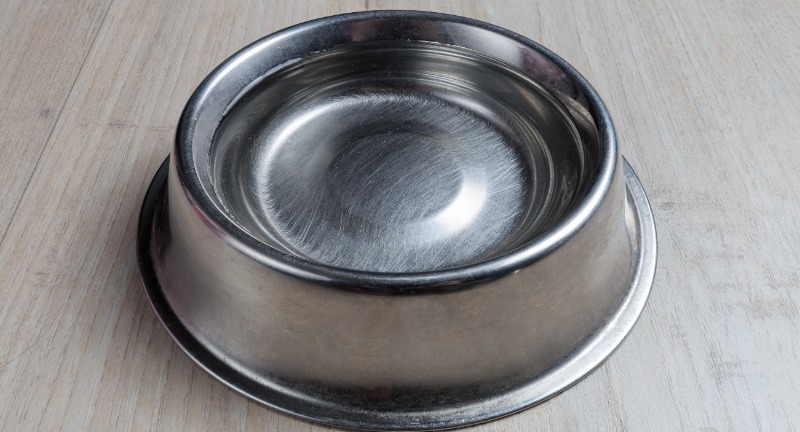
Shutterstock
While necessary for your pets, water bowls can attract ants, flies, and other pests if not cleaned regularly. Stagnant water can also become a breeding ground for mosquitoes. Be sure to refresh the water daily and keep the area around the bowl dry. This simple step can go a long way in preventing pest problems.
Open Windows Without Screens

Shutterstock
Open windows without proper screens provide an easy entry point for a variety of pests, from flies and mosquitoes to larger invaders like rodents. The lack of a barrier leaves your home vulnerable, especially during warmer months. Even small openings can be enough for pests to enter. Install and maintain window screens to block their access.
Household Plants with Standing Water
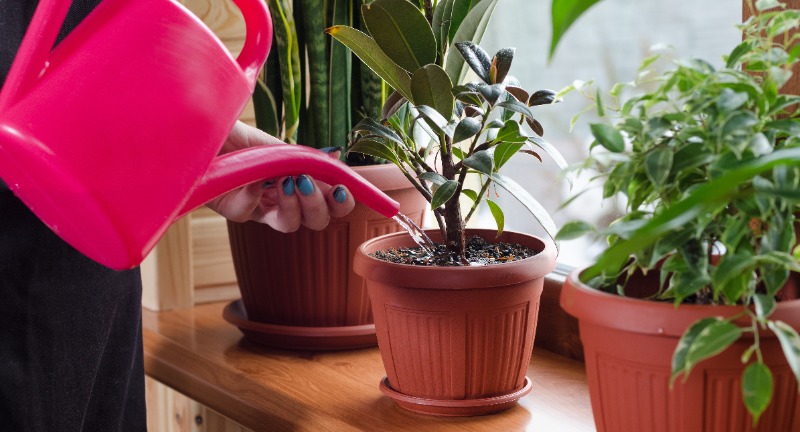
Shutterstock
If you have plants with saucers or pots that collect water, you may inadvertently invite mosquitoes and gnats. Standing water in these saucers creates an ideal breeding environment. These pests can quickly multiply and spread to other parts of your home. Regularly empty and clean plant saucers to prevent stagnant water from becoming a problem.
Conclusion
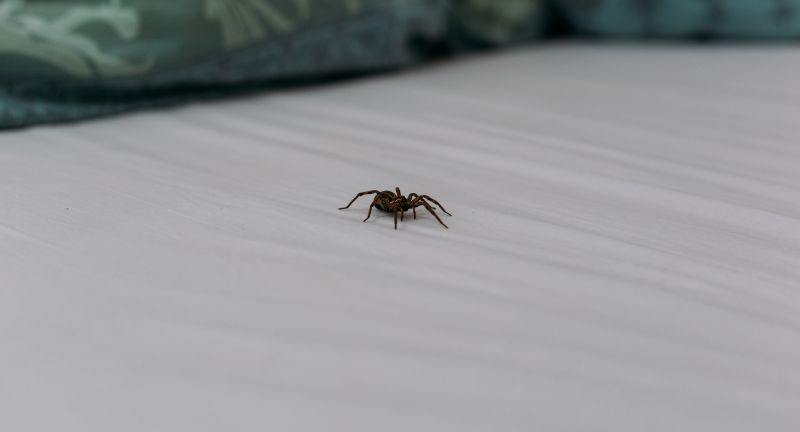
Shutterstock
Keeping pests out of your home starts with understanding the unexpected ways you might be inviting them in. By addressing these surprising attractants, from neglected cleaning habits to hidden moisture sources, you can create an environment that’s less appealing to unwanted critters. A little awareness and proactive care can go a long way in maintaining a pest-free space. With these tips in mind, you’re well on your way to ensuring your home remains a comfortable haven for you.
More From Local News X
-


16 Tell-Tale Signs of a Water Damaged Car
-


16 Top-Tier Firearms Absolutely Worth Their Massive Price-Tag
-


20 Things Millionaires Claim Are The Keys To A Great…
-


The 20 Unhealthiest Foods In The US To Avoid At…
-


The 20 Rudest Things You Can Do In Someone Else’s…
-


20 Clear Red Flags Of Someone Headed For A Penniless…
-


Crashed truck of Robb Elementary School shooter Salvador Ramos per…
-


21 Iconic Holiday Dishes That Defined the 90s
-


20 Best Places To Visit During The Fall For The…
-


Tulsa Hospital Shooting: So Im in my office building in…
-


24 Amazing Benefits of Walking Daily
-


The roof of a building is on fire…..in Richmond, VA
